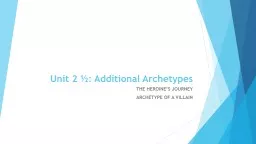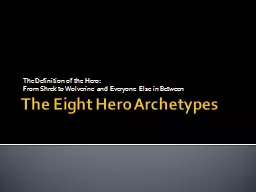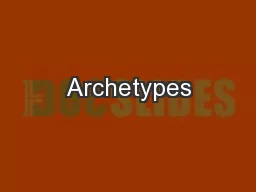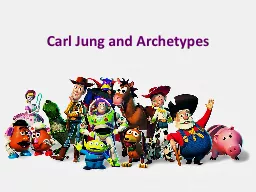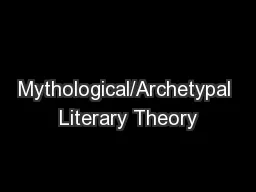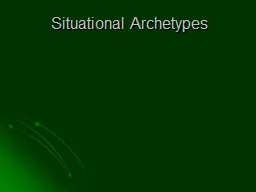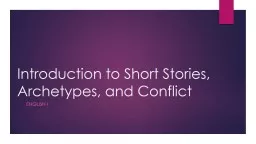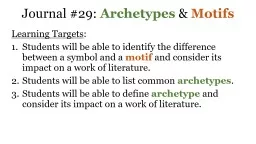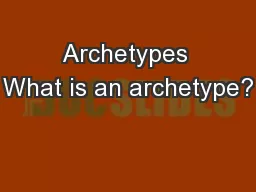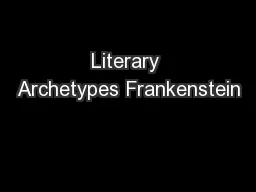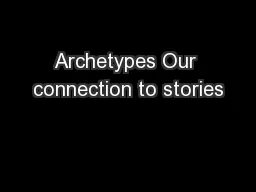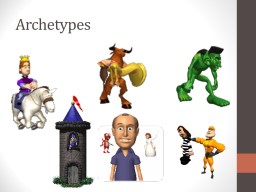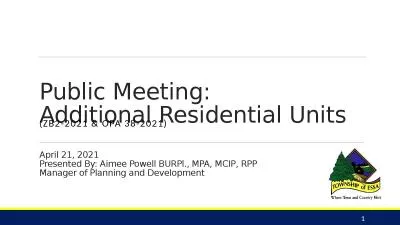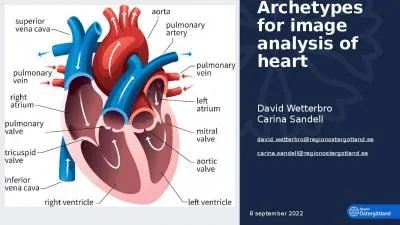PPT-Unit 2 ½: Additional Archetypes
Author : liane-varnes | Published Date : 2017-04-07
THE HEROINES JOURNEY ARCHETYPE OF A VILLAIN WRAPPING UP THE HERO CYCLE Todays Plan Checkin on the Hero Cycle Project The Heroines Journey Archetype of a Villain
Presentation Embed Code
Download Presentation
Download Presentation The PPT/PDF document "Unit 2 ½: Additional Archetypes" is the property of its rightful owner. Permission is granted to download and print the materials on this website for personal, non-commercial use only, and to display it on your personal computer provided you do not modify the materials and that you retain all copyright notices contained in the materials. By downloading content from our website, you accept the terms of this agreement.
Unit 2 ½: Additional Archetypes: Transcript
Download Rules Of Document
"Unit 2 ½: Additional Archetypes"The content belongs to its owner. You may download and print it for personal use, without modification, and keep all copyright notices. By downloading, you agree to these terms.
Related Documents

